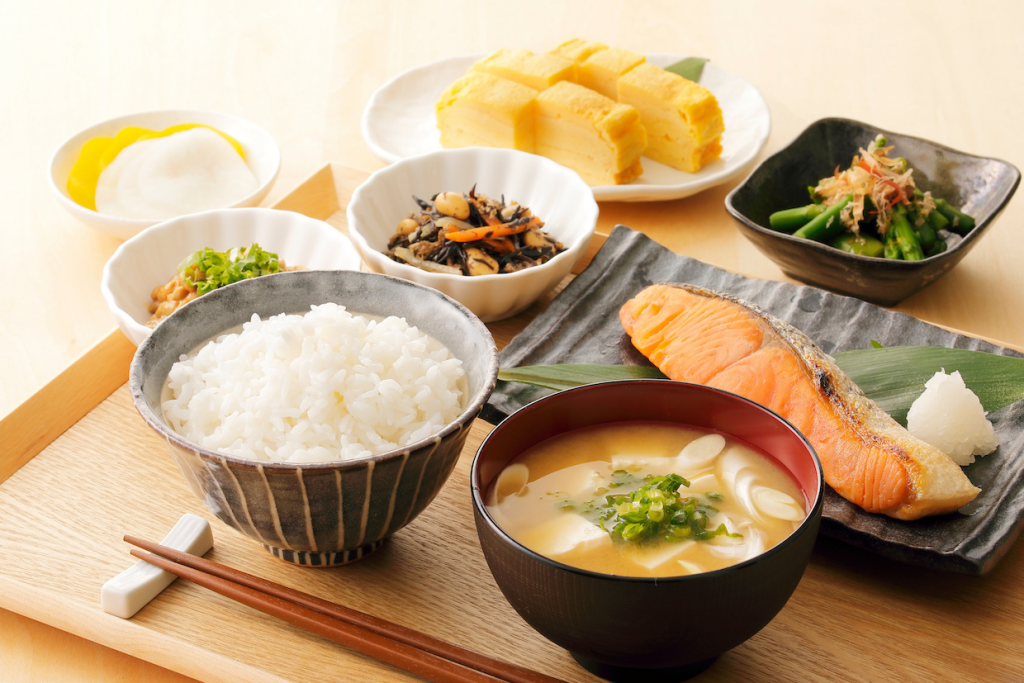Have you ever wondered how many meals ancient Chinese people ate in a day? If you’re used to the standard three meals a day, you might be surprised to learn that it wasn’t always this way. Let’s take a journey through time to discover how the meal habits of ancient China evolved, and what they can teach us about culture and daily life.
The Early Days: A Feast or a Famine?
In the early days of humanity, during the primitive society, food was unpredictable. People relied on hunting and gathering, and the availability of food could vary greatly. Some days they might feast, eating as much as they could, while other days, a single meal could be a rare occurrence. It wasn’t uncommon for ancient people to go without food for long stretches. This is humorously reflected in the character of “Er Hunzi” from the Chinese TV show I Love My Family. Played by Ge You, Er Hunzi describes his eating habits as “a typical characteristic of our profession—if there’s food, we eat until we can’t; if there’s no food, we tough it out.” It’s safe to say, ancient people’s eating habits were probably just as flexible!
Entering the Agricultural Age: The Rise of Regular Meals
Once society transitioned to farming, food sources became more stable, and meal routines began to take shape. However, the modern concept of three meals a day didn’t appear overnight. The earliest records we have of a meal system come from oracle bones dating back to the Shang Dynasty, where a two-meal-a-day system was recorded. Back then, the day was divided into eight segments, such as dawn (旦), midday (大食), and evening (夕), not by hours but by human activities. Interestingly, 大食 and 小食 (big meal and small meal) marked the times for eating, with the big meal likely occurring around 8 AM and the small meal around 4 PM.
The Twelve-Hour System: The Standardization of Time and Meals
By the time of the Western Zhou Dynasty, the day was divided into twelve segments, known as the “Twelve Shichen,” which is similar to our modern 24-hour clock system. Within these twelve periods, there were two specific “meal times”—shí shí (食时) and bō shí (晡时), corresponding to our modern morning and afternoon meal times. These ancient meal times were typically between 7-9 AM and 3-5 PM.
In the early Zhou period, meals were called yōng (饔) for breakfast and sūn (飧) for dinner. This is where the expression “饔飧不继” (unable to carry on the meal) originates, which means going without food for the next meal, often symbolizing extreme poverty.

The Tang Dynasty: The Birth of the Afternoon Snack
By the time of the Tang Dynasty, a shift occurred. The growing activity during the day, coupled with longer working hours, led to a new eating tradition—snacks in between meals. This development likely marked the early forms of what we know today as “lunch.” Interestingly, in some parts of Southern China, lunch is still referred to as “eating snacks,” a term that may trace its roots back to this period.
This meal pattern was especially popular among the wealthy and scholars of the Tang Dynasty, while the common people still largely stuck to two meals a day.
The Song Dynasty: The Rise of Three Meals a Day
The Song Dynasty saw a boom in commerce and urbanization, leading to faster-paced living. It was around this time that three meals a day became more common, especially in urban areas. Some scholars even argue that by the Song Dynasty, three meals a day became a widespread practice, although it wasn’t universally adopted yet.
The night markets of the Song Dynasty also reflected a shift in eating habits, with late-night snacks becoming a cultural phenomenon. Eating multiple meals was not only a matter of practicality but also a symbol of wealth and social status during this period.
Ming and Qing Dynasties: Three Meals a Day Becomes the Norm
By the Ming Dynasty, eating three meals a day had become commonplace in the Jiangnan region. The Qing Dynasty further solidified this trend, with Han Chinese people eating three meals daily. However, the ruling Manchu people continued to follow a two-meal system, a custom they had maintained for centuries. In a famous imperial decree, Emperor Kangxi remarked, “You Han people eat three meals a day, and even drink at night. I, however, eat only two meals a day. Back when I camped on the frontier, I only had one meal a day.”
Cultural Impact: The Evolution of Meal Customs and Modern Connections
Ancient Chinese meal customs reflect more than just changes in food; they tell us a story of agricultural development, urbanization, and cultural shifts. From the two meals of the Shang Dynasty to the widespread adoption of three meals a day, these changes show how society adapts to its environment and how customs evolve over time.
Today, we can still see the influence of these ancient meal traditions. In regions like Hong Kong, Taiwan, and parts of Southeast Asia, the concept of a “snack” or “light meal” around midday still exists, and the pace of life, as in the Song Dynasty, continues to shape how we eat.
Whether you’re grabbing a quick bite during lunch or enjoying a leisurely dinner, the eating habits of ancient China have undoubtedly left a lasting mark on our daily routines.

No comments yet.